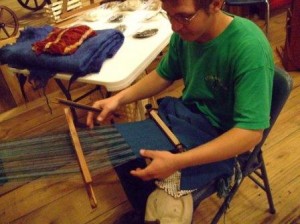The family farm has been a vital image in the American consciousness for centuries. The thought of a rural barn raising creates a picture of community spirit. Many American farm families can look at their barns as links to the past. A barn raising shows the strength of a community in more than riches. These old barns are community landmarks and make the past, the present.
centuries. The thought of a rural barn raising creates a picture of community spirit. Many American farm families can look at their barns as links to the past. A barn raising shows the strength of a community in more than riches. These old barns are community landmarks and make the past, the present.
In the 18th and 19th centuries, barns were essential structures for the farm. They stored the hay and housed the horses and cattle, which were an inseparable part of farming. The barn was usually the first structure to be built when a family moved to a new area and it was also the largest and most expensive. The community would get together and help build the barn so that the family could start their farm and the community could prosper.
The event of a barn raising had a vast significance in the community. Every new farm increased the prosperity of the area. It was also a social celebration that strengthened the bonds in the community. The women would prepare food and the men would hold competitions of speed and strength. Barn raisings would also bring a community together in a time of crisis to rebuild after fires or other disasters. These events are still a cherished tradition in our Amish communities.
Barn raisings were held all over rural North America. The tradition still continues in some Amish and Old Order Mennonite communities. The practice does still continue outside of these communities. They are much less frequent than they were in the 19th century but you will still find barn raisings in Maine, New Hampshire, Vermont, Wisconsin, Ohio, and in many communities across the rural South.
The average barn raising took one to two days depending on the size and number of people. Every able bodied member of the community was required to help or face censure in the community if they didn’t have a good reason for their absence. A certain amount of work is done before the actual raising begins. The ground needs to be cleared, plans are made, lumber and  hardware, and any needed tradesmen are hired.
hardware, and any needed tradesmen are hired.
Communities that had a good deal of interdependence held barn raisings. Members of these rural communities often shared bonds going back generations. They all relied on one another by trading with each other, buying and selling land, labor, seed and livestock. These communities worshiped, celebrated and mourned together. The people of these communities helped each other build barns, which in turn helped build lives. The free labor came at the price of knowing that a future commitment would be needed.
Barn raisings were more than a building being put up. They showed the strength and loyalty of a community and remind us of a better time in our world.
































Thanks for this article! How I wish people were more community-centered today. It is an incredible and awesome thing, what can be accomplished when we work together!